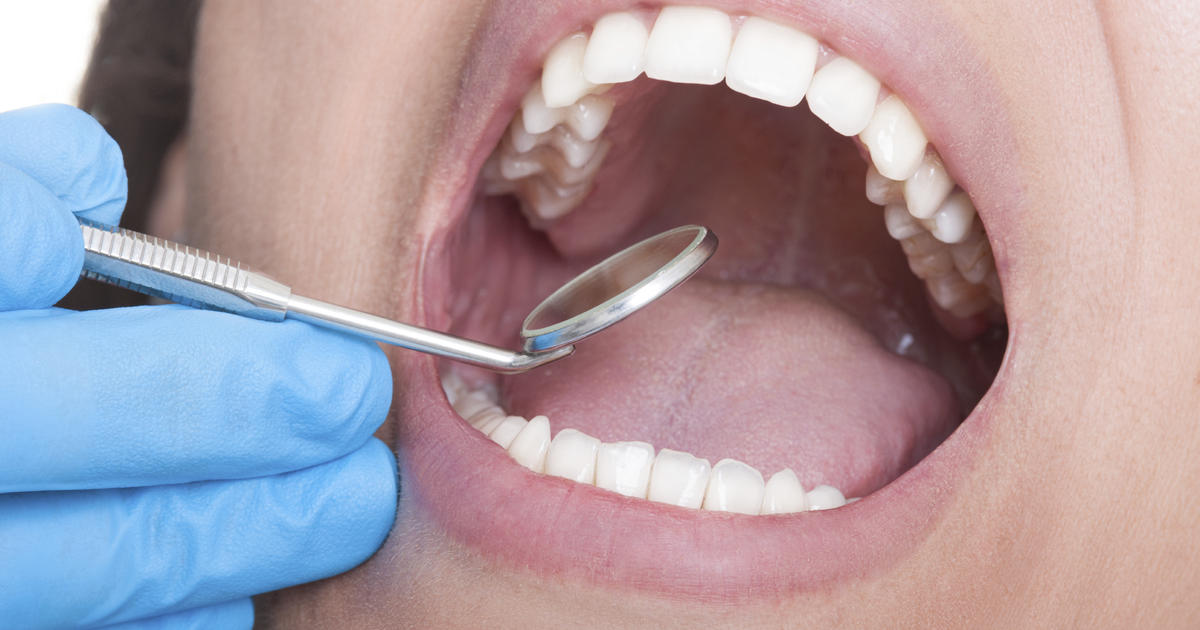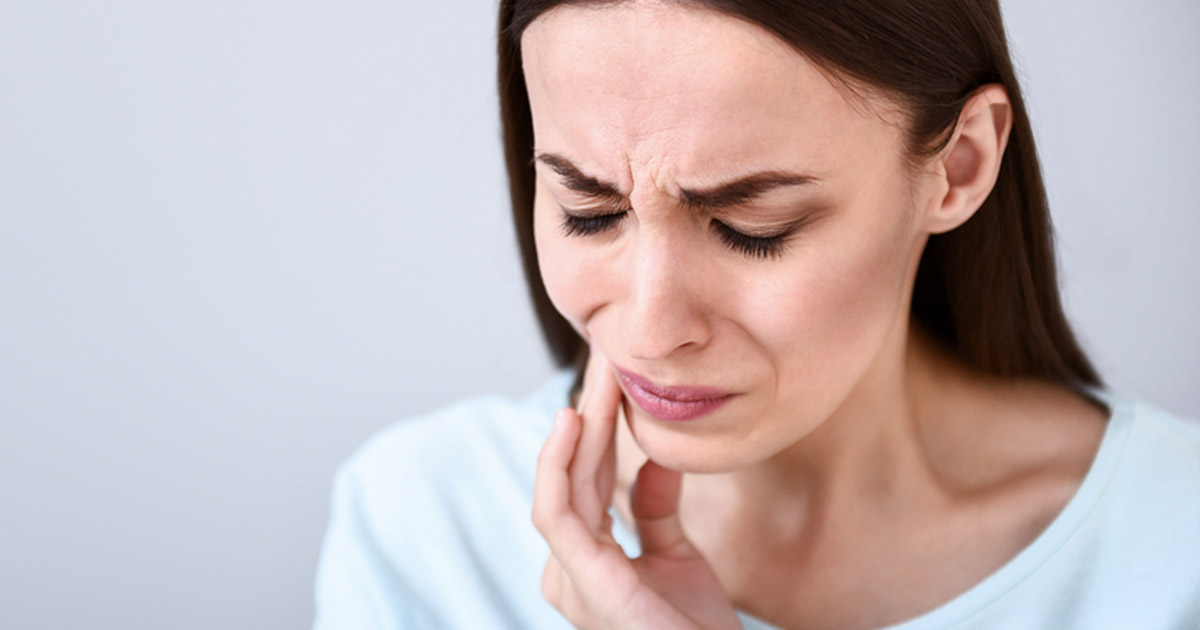Guide To The Causes Of A Toothache
Dry Socket

Tooth extractions can be unpleasant experiences even in the best of circumstances. But dry socket is even worse. Dry socket is a condition that can sometimes develop following oral surgery to extract a tooth. Proper post-surgical care can help avoid dry socket, and it's also highly treatable if it does develop. When a tooth is removed during surgery, the body will respond by creating a blood clot in the space previously occupied by the tooth. This prevents the patient from bleeding excessively and gives the gums a chance to heal while being protected. But with dry socket, the blood clot becomes dislodged or doesn't form in the first place, which means the nerves and bone underneath the opening are exposed. There's no way to predict definitively whether someone will develop dry socket, but some risk factors include smoking, chewing tobacco, taking oral birth control, developing infections around the extraction site, using a drinking straw immediately following the extraction, and not following the post-surgery instructions for care.
Get more details on what can trigger a toothache now.
Temporomandibular Joint Disorder

The temporomandibular joint (TMJ) is the hinge-like joint that connects the skull to the jawbone. Everyone has two of these joints, one on each side of the jaw. There are a variety of TMJ disorders that can lead to pain and other complications. Individuals might experience pain in the joint of their jaw and the muscles controlling their jaw's movement. It might be hard to pinpoint the source of the pain, especially if it radiates. This can cause the problem to feel like a toothache despite being unrelated to the teeth. Temporomandibular joint disorders don't have one set cause, but they're commonly influenced by past injuries, arthritis, and genetics. Individuals also have a higher risk factor if they grind their teeth at night. Most TMJ disorders only cause temporary pain, and patients can use non-invasive treatment methods and lifestyle changes to address it. In serious cases, when the pain is impeding quality of life and hasn't been helped by non-invasive measures, surgery might be beneficial.
